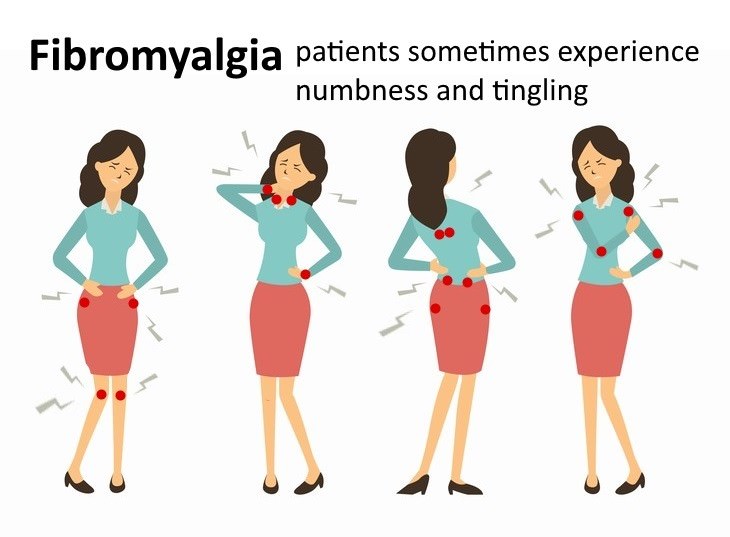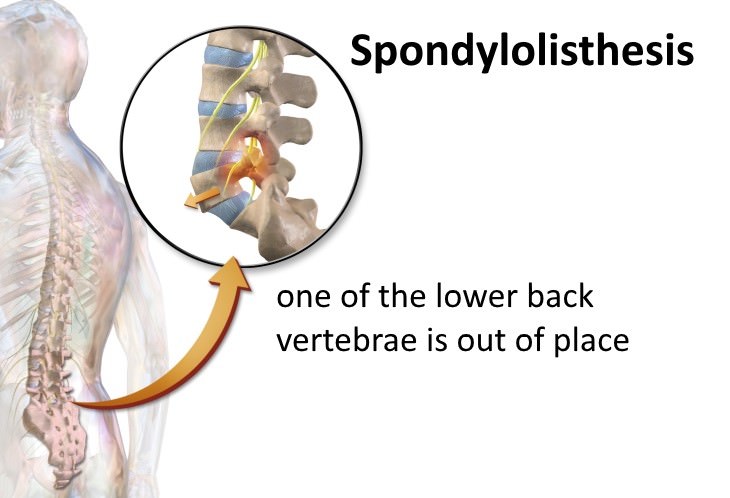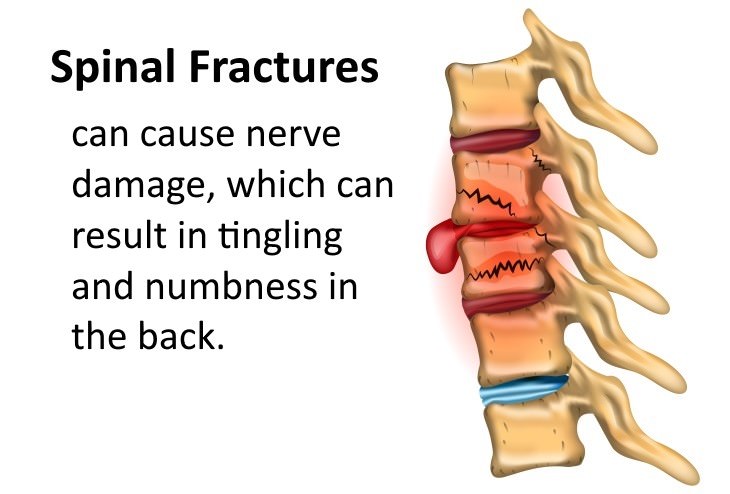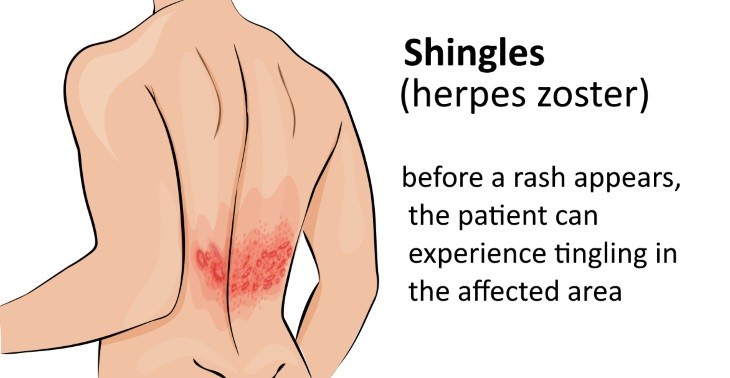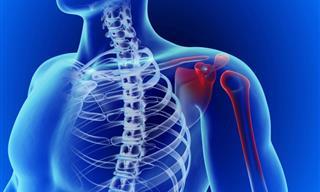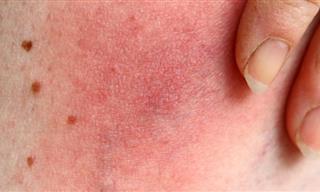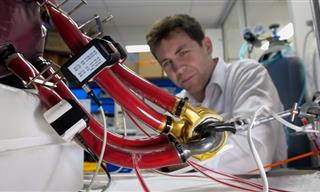1. Spinal infections
Several strands of bacteria or fungi can sometimes penetrate the spinal column, causing inflammation and damaging your nerves, which can cause tingling in the back. These infections can occur as a complication of surgery and injury, or they develop spontaneously.
People who are at risk of developing spinal infections are those who suffer from chronic conditions like diabetes, HIV, cancer, obesity and those who are taking immunosuppressants. The symptoms can vary from hardly noticeable to debilitating depending on the severity of the condition, but they do tend to worsen with time.
The most common symptoms of spinal infections include:
- A stiff and painful back
- Numbness or tingling in the back, but can also occur in the limbs
- Fever, chills, and headaches
- The skin in the affected area can be hot, tender to the touch and red
- Spasms and muscle weakness.
2. Fibromyalgia
Fibromyalgia is a chronic condition the causes of which are still unknown, but scientists today have begun to understand that there is both a biological and psychological aspect to it. The condition is more common in women than it is in men, and it can manifest itself very differently.
Most patients suffering from fibromyalgia have specific tender points around the different joints in the body that are tender to the touch and often become very painful. Some patients also experience tingling and numbness in different parts of the body.
Other biological and psychological symptoms of fibromyalgia include:
- Headaches
- Fatigue and trouble falling asleep
- Depression and anxiety
- Brain fog and difficulty concentrating.
3. Arteriovenous malformations
An arteriovenous malformation (AVM) is an abnormally shaped or tangled blood vessel. These tangled blood vessels develop while a baby is still in their mother’s womb, but scientists aren’t sure why they occur.
AVMs can develop in any part of the body, but they are typically found when they occur in the brain or spinal cord because, in these cases, they can cause severe symptoms. The main problem with these malformations is that it can block or otherwise affect blood flow to certain body parts and nerves in particular.
Depending on the location, AVMs can cause the following symptoms:
- Tingling, numbness and back pain
- Headaches and dizziness
- Seizures
- Vision problems
- Memory loss or confusion
- Speech problems
- Loss of coordination.
4. Spondylolisthesis
Our spines are complicated and fragile systems, and one weak or misplaced link can disrupt the entire system. In spondylolisthesis, one of the vertebrae in the spine, typically in the lower back slips out of its place, and sometimes, this misplacement can press on a nerve, causing tingling and pain in the affected area.
This pain and tingling can even radiate to the thighs and worsen with physical activity. Sitting and leaning forward can usually relieve the pain. The compressed nerve can manifest itself through other symptoms as well, such as:
- A stiff back
- Weakness in the legs
- Difficulty walking and standing for extended periods of time.
5. Spinal fractures
Fractured vertebrae, too, can cause numbness and tingling in the back. Like any other fractures, spinal fractures are usually the result of trauma and injury, but people with weakened bones and the elderly can get these fractures more easily.
The majority of spinal fractures happen in the lower or middle parts of the back, and they can be very painful and make it difficult to stay active, as movement usually worsens the pain. When the fracture causes severe nerve damage, these fractures can make it difficult for the patient to move their legs or even control their bladder and bowel movements.
6. Spinal cord tumor
Both malignant and benign tumors in or near the spine can cause a pins and needles sensation in the back. Benign tumors can press on the spinal cord, whereas malignant tumors can also invade the surrounding tissue, both of which can affect the nerves. The symptoms and their severity depend on the location of the tumor, as well as its size, but the most common symptoms include:
- Back pain
- Numbness and paresthesia in the back, neck or limbs
- Weakness and poor coordination in the limbs
- Insensitivity to temperature or pain
- Incontinence.
7. Shingles
Shingles is an itchy and painful rash that can develop on any area of the skin, typically on the back or neck. The rash develops into painful blisters filled with liquid that eventually turn into scabs and clear up in a month. Both shingles and chickenpox are caused by the same virus, and a person can get shingles only if they had chickenpox because the varicella zoster virus stays dormant in the body all your lifetime.
Unlike chickenpox, however, it is possible to get shingles more than once and the severity of the symptoms can vary each time. Before a rash appears, some patients experience itching, tingling and burning sensations in the area. Like any other viral infection, shingles can come with headaches, fever, chills and an upset stomach.
 Go to BabaMail
Go to BabaMail



